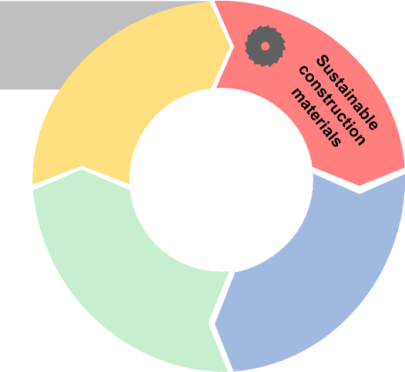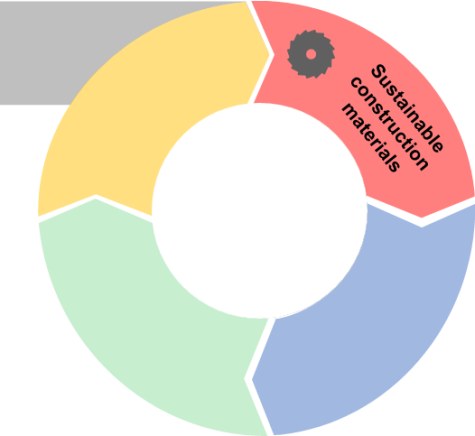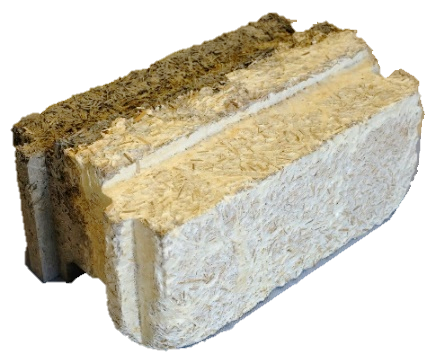Computational Modelling of concrete
The aim is to further expand the fundamental research activities in the field of concrete computational modeling. This is achieved through the development of own numerical models in MATLAB, based on the phase-field method, which allows for the simultaneous investigation of the chemical, mechanical, and thermal material behaviour of concrete. This is especially important as crack behaviour in concrete structures might already start during hardening due to the hydration process, influenced by the given environmental and geometric boundary conditions.
The developed model, based on the phase-field method, takes into account the unique characteristics of this heterogeneous material, including its complex microstructure and interfacial effects. As a result, it can also be used to characterize the properties of geopolymer concrete as well as concretes containing recycled aggregates or alternative clinker substitutes (SCMs).
Innovative building materials: New innovative concrete formulations / Reducing the need for concrete
Another significant area of research in this field is the development of innovative concrete formulations. In particular, the focus is on developing lightweight concretes based on materials such as expanded clay aggregates, cellulose concrete, and Miscanthus grass. Additionally, research is being conducted on a new insulating material made from Miscanthus fibers and the Mycelium mushroom.
In light of societal challenges that include the reduction of energy consumption, natural resource use, and CO2 emissions, it is believed that only the combination of structural and material related aspects of concrete can lead to technically and economically reliable solutions.











